Colorado’s Grand Valley offers a unique climate for gardeners. While the spring teases plants with constant temperature changes, the summertime brings hot days and cool nights – the perfect recipe for stone fruits like cherries and peaches. And as there are many local orchards to find these delicious treats in a few months, you may have started planning out your own garden, now that spring is in the air.
Here are 10 of our favorite lesser-known plants, grown best from organic starts, that thrive in the high deserts of the Grand Valley.
- Lemon Balm
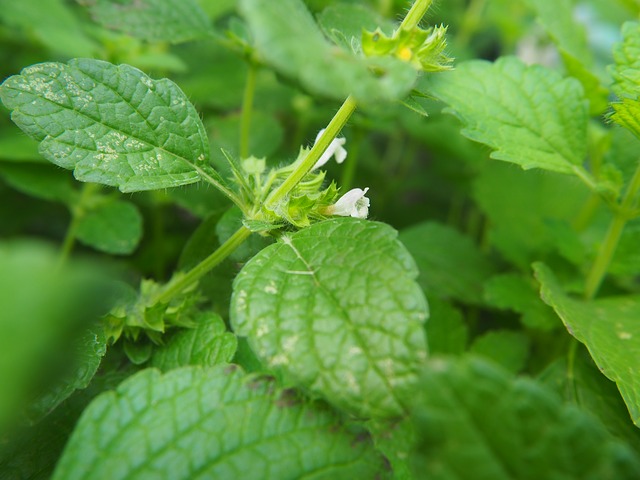
This light green, leafy plant is a member of the mint family. This versatile herb smells just wonderful – and it’s a natural mosquito repellent. Add lemon balm to your culinary collection and your medicine cabinet, as it both tastes delightful and can be used in a variety of herbal remedies. Plus, the bees adore it.
Lemon balm likes good soil and regular watering, but doesn’t mind some afternoon shade. Plant it this year and enjoy it for years to come as it regrows every spring.
- Purple Ruffles Basil
Despite what you’ll find at the grocery store, there is an astounding variety of the basil plant. One of our favorites is Purple Ruffles: Its large and frilly purple leaves will add both color and boldness to your cooking. This attractive herb is easy to cultivate and even easier to eat, pairing well with all summer vegetables and fresh cheeses. Even its flowers are a great garnish for salads and soup.
Plant all your basils in partial sun or areas that get shaded in the afternoon – this will prolong their season in our high desert heat. Purple Ruffles does well in containers, so whether you grow this herb for culinary delight or as an ornamental plant, you’ll enjoy this basil variety all summer long.
- Garden Chervil
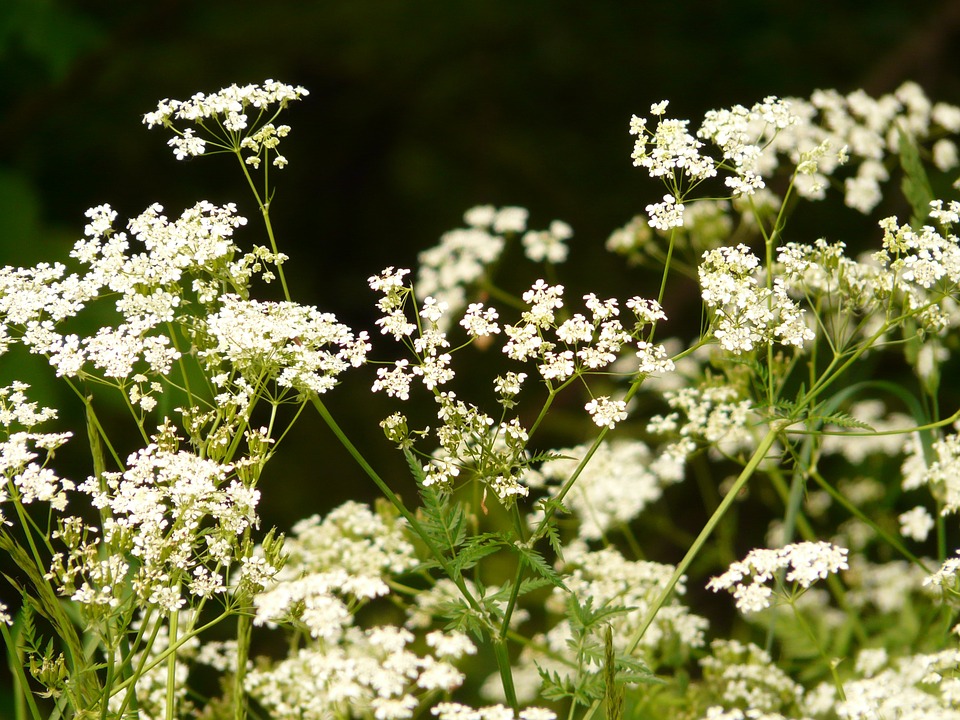
This delicate annual herb is related to parsley – a member of the carrot family. Its tender, subtle flavor echoes that of anise or tarragon and adds great flavor to savory dishes when added at the very last minute (too much heat will rid chervil of its taste). Chervil is a fine seasonal herb, best enjoyed in the spring. Its flowers will bolt as soon as days get warmer, so keep it out of direct sunlight by planting it amongst taller annuals to extend its season.
- Papalo
Native to Mexico, papalo is another herb best enjoyed fresh. A little goes a long way in cooking – The taste is similar to cilantro, arugula and rue, pairing well with chili, guacamole, salads and gazpacho.
This pungent herb gets its name from the butterfly. Another insect repellant and medicinal herb, papalo needs well-drained soil and can be grown in part shade.
- Green Shiso
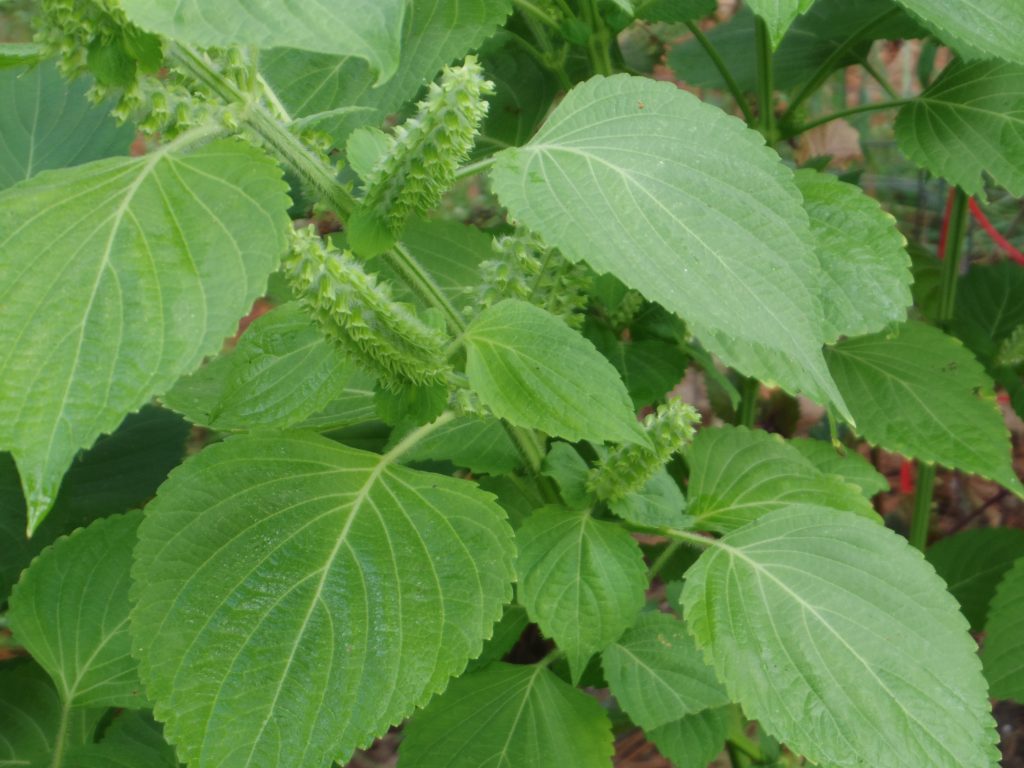
This Asian culinary herb has a distinct flavor of cinnamon and clove with a hint of cumin. We’ve been growing shiso at the farm for years now, and we love adding its edible flowers to Asian dishes and salads. Its flowers taste subtly like basil, and the whole herb pairs well with fish, rice and cucumbers.
- Jimmy Nardello Pepper
The Jimmy Nardello is one of our favorite sweet peppers. It begins green and ripens to red, developing a sweet, fruity flavor as it matures. This heirloom pepper is disease-resistant and easy to grow. Transplant them a few weeks after tomato plants, once the ground has warmed.
- Holy Mole Hybrid Pepper
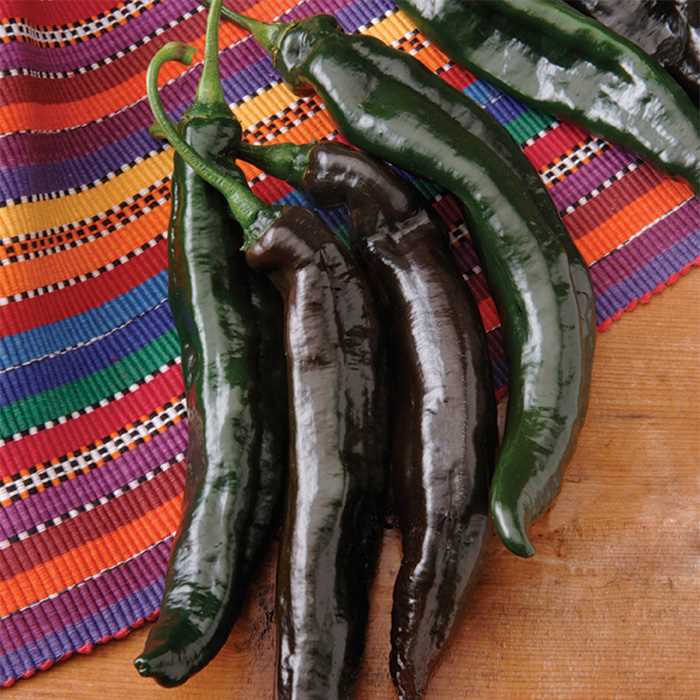
This hybrid pasilla pepper has a distinctive nutty and spicy – but not too spicy – flavor. These long, shiny fruits are bright green at early stages, then darken to a deep, chocolate brown as they mature. Mole chili peppers are most famously used in mole sauce. Enjoy the early crops throughout the summer, then dry the later harvest to use throughout the year.
- Black Cherry Tomato
These cluster fruits are irresistibly delicious. Their sweet, complex and full flavor will burst in your mouth – a characteristic of the best black tomatoes. Try mixing these unique cherries with other cherry tomato varieties for a colorful bouquet of tomato goodness. Grow them in full sun and prune regularly for larger, fuller-bodied results
- Ananas Noire
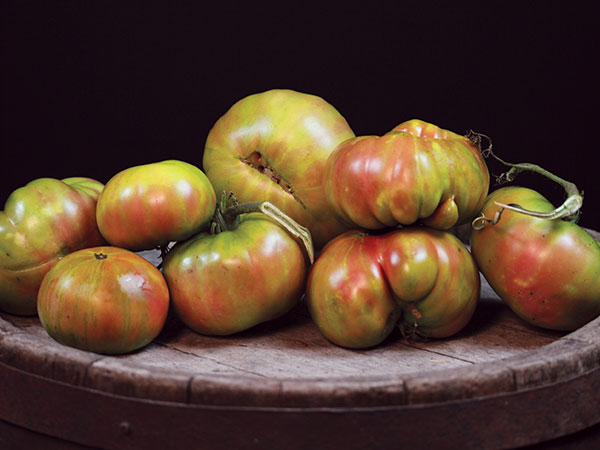
The name of this tomato is French for “black pineapple” – it arose out of a planting of Pineapple Tomato in a Belgian garden. While its fruit is the same 1-to-1 1/2 lb. size as the Pineapple tomato, the color and flavor are totally different.
Ananas Noire’s exterior is dark purple and green with pink-red splotches and a touch of yellow, while the inside is bright green streaked with pink. The hues bleed into one another like a piece of tie-dyed fabric. Its flavor is special too: sweet, yet rich and delicious. Expect large plants and heavy yields.
- Lavender
Here in the Grand Valley, and in the Rockies, lavender love the high altitudes. Lavender also does well in rocky, sandy soil – the more drainage, the better. Here are some of my favorite varieties for our climate and elevation:
- Lavandula x intermedia ‘Gros Bleu’
- Lavandula x intermedia ‘Edelweiss’
- Lavandula angustifolia ‘Buena Vista’
- Lavandula angustifolia ‘Tuckers Early’
- Lavandula angustifolia ‘Hidcote Pink’
- Lavandula x chaytorae ‘Ana Luisa’
- Lavandula angustifolia ‘Folgate’
- Lavandula angustifolia ‘Purple Bouquet’
Of course, there are so many lavender varieties to choose from, and each has its own personality. Some are sweet and rich for cooking; others have deep colors or potent aromas. Take a look at my Five for Five personal favorites for ideas on what varieties will suit your culinary or crafting needs – and what to plant near them.
Most important of all, enjoy the arrival of spring and the new beginning of your garden. Fill it with organic plants that you love, and try experimenting with some new plant varieties, too. That’s the beauty of the garden – there’s always room to grow.
Join us at the farm to get your certified organic plant starts from our bountiful greenhouse. Click here for a full list of what we’ll be offering at Sage Creations Organic Farm this year.

